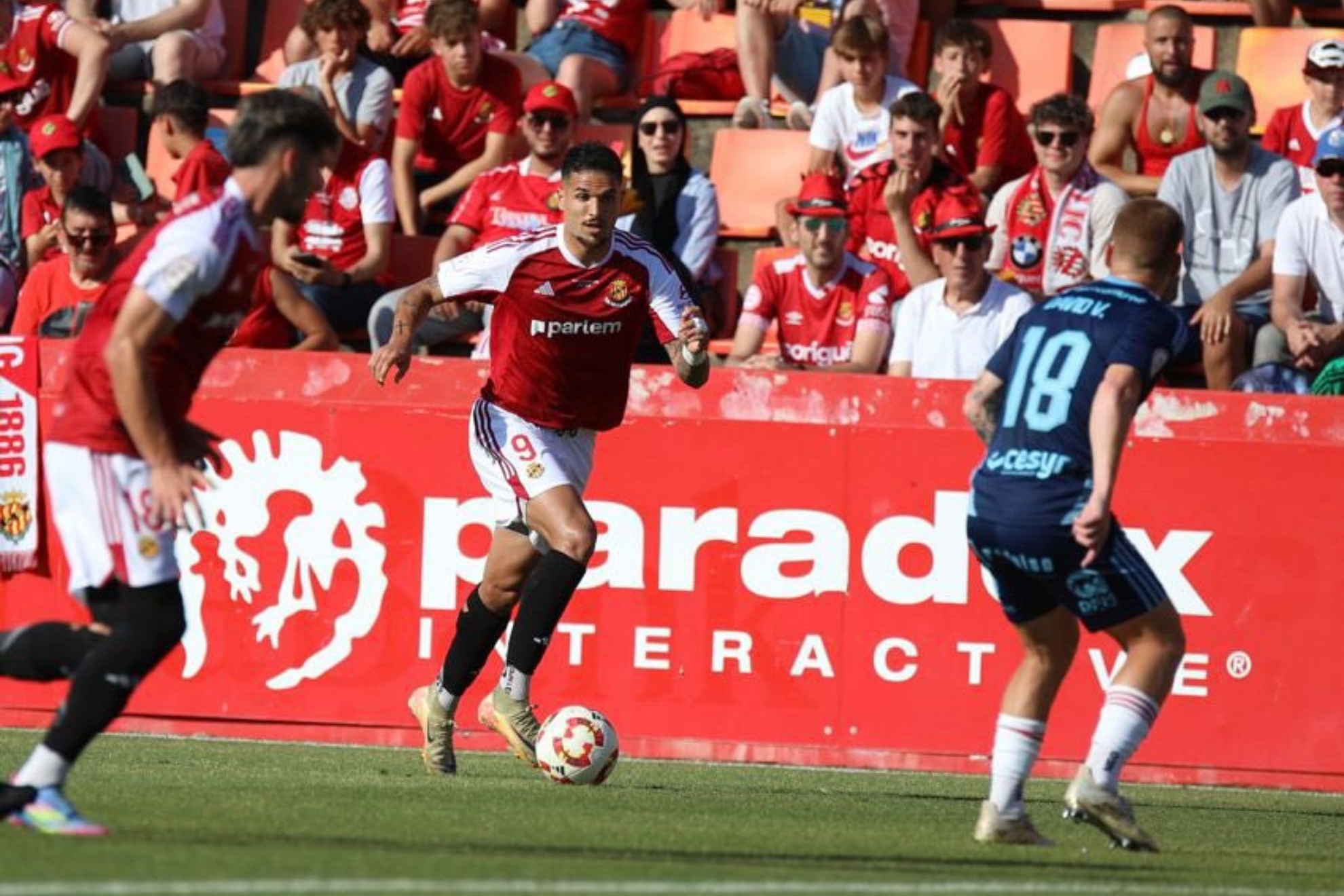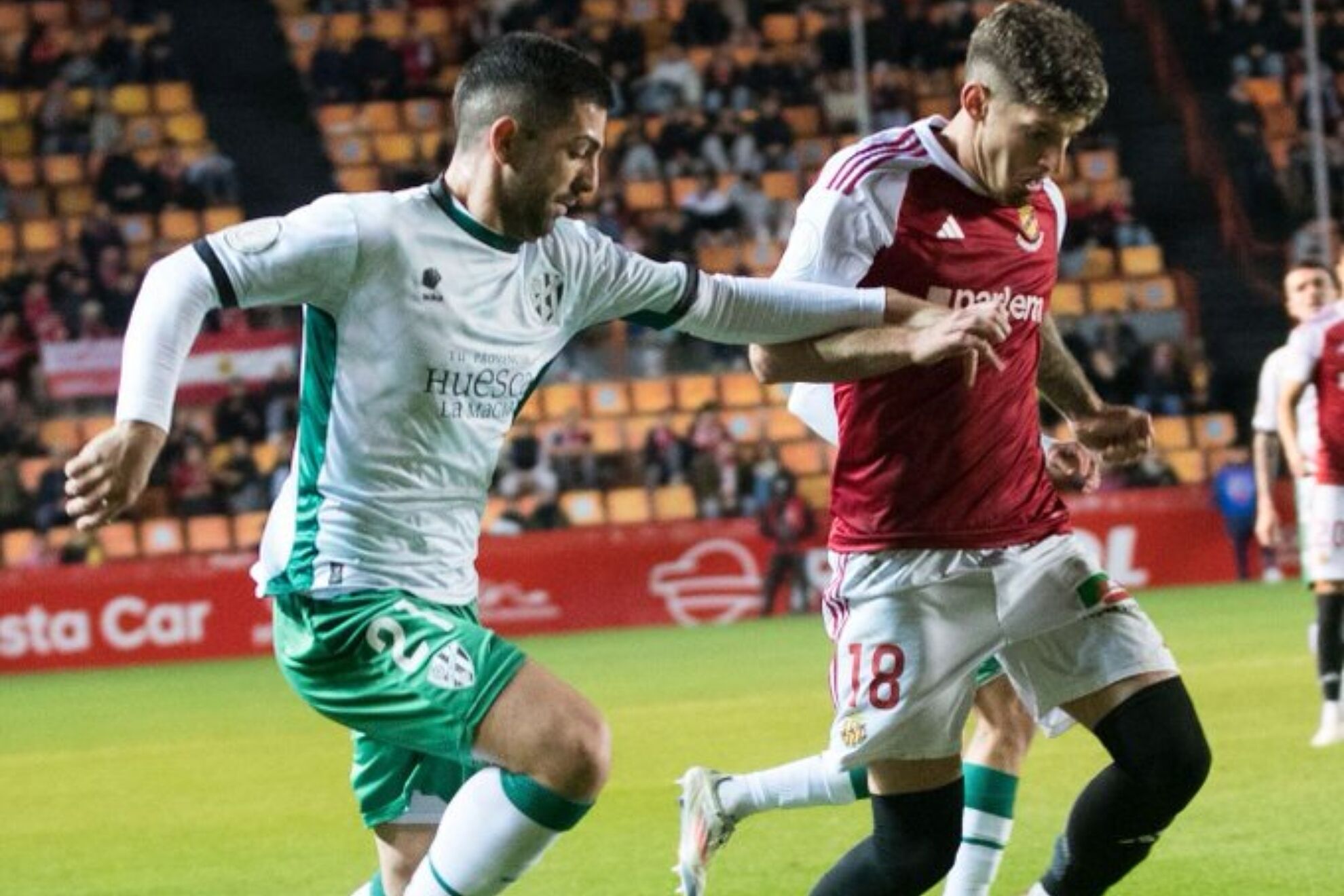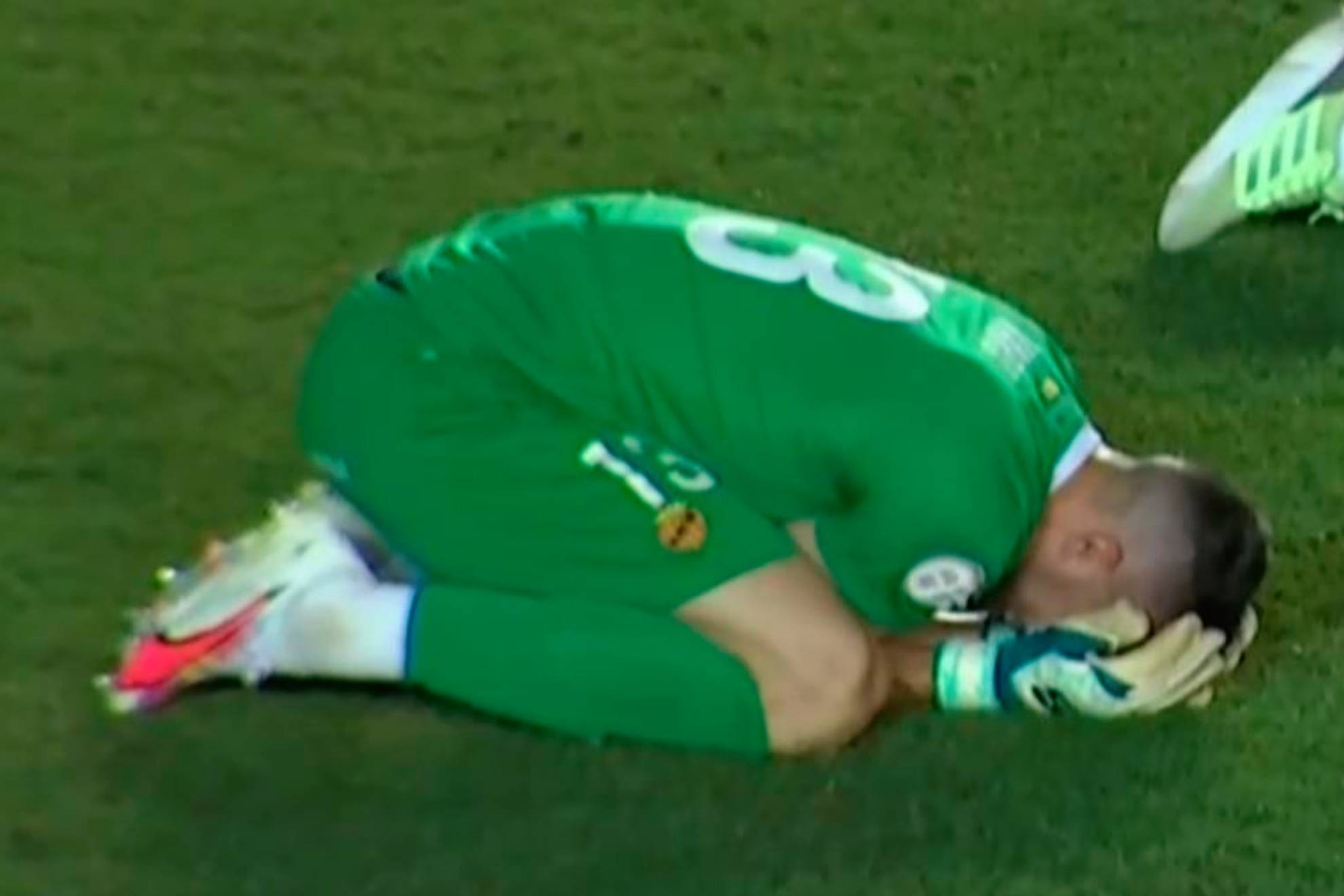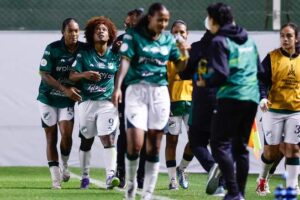
This Saturday, While the Nou Estadi will roar the Gimnàstic de Tarragona club in the first leg of the promotion play-off final to the Second Division before the Royal Society B, Many fans may not know that they are not just witnessing a decisive party. They are being part of the living history of Spanish sport. And it is that Nàstic is not simply a football club with more than a century of life. It is, the oldest sports entity in Spain, with a trajectory that dates back to March 1, 1886.
A coffee, fifteen partners and a pioneer vision
That day, at number 56 of the Rambla Nova de Tarragona, a group of fifteen middle-class young people met in the Café del Centro with a clear purpose: practice Swedish gymnastics, a discipline that was then synonymous with health and modernity. Under the name of Club Gymnasio, an elitist club was born, restricted in its beginnings, but with a sports vocation that quickly expanded to other activities. It was not just gymnastics, fencing, boxing, hike, cycling was practiced.
Nàstic and Murcia
That vision, ahead of his time, laid the foundations for what would be the Gimnàstic de Tarragona club over the yearsbetter known as the Nàstic, a symbol of the city and one of the longest emblems of sport in Spain.
The arrival of football: from the periphery to the center
Although football was not part of the initial project, it was inevitable for the king sport to find its site at the club. ANDN 1914, almost three decades after the Foundation of the Gimnàstic, a group of partners led by the Swiss William Tarin, a great promoter of the sport in Tarragona, promoted the creation of the football section. Tarin, who also presided over the newly created athletics section since 1915, was a key figure in the sports expansion of the club.
However, it was not until 1917 when Nàstic began to compete officially, And his first federated meeting arrived in January 1918, in the Catalonia Championship, against Vilanova. Since then, football was gaining prominence within the club until it became the most recognized section.
From the Catalan elite to the second dream
In its early years, the Nàstic participated in regional championships throughout Catalonia, highlighting for its combativeness and for proudly representing Tarragona. Throughout its history, the club has lived memorable moments, including its passage through the First Division in the 1947-48 seasonwith a sound triumph over Real Madrid in Chamartín, and its most recent appearance in the highest category in the 2006-07 campaign.
The Nástico accuses referee Eder Mallo of “corruption in sport” and “documentary falsehood”
However, Nàstic's true strength does not reside in his record, but in his resilience. HTo be able to survive economic fluctuations, descents and model changes in Spanish football, Keeping the flame of an institution that was born with gymnastics alive and consolidated with the passion for sport in all its forms.




